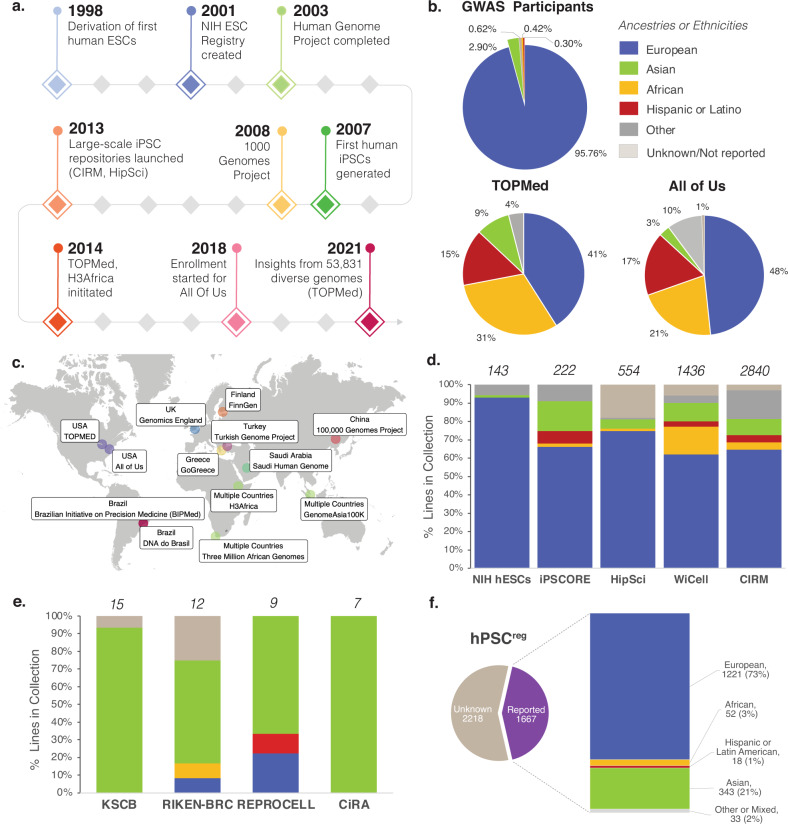Fig. 1. Genetic diversity in genomic research and stem cell repositories.
a Breakthroughs over the last 20 years in human genomics and stem cell research offer opportunities for understanding how genetic variation shapes disease using scalable in vitro models. b Most participants in genome wide associations studies are of European ancestry. Large scale genomics studies such as the Trans-Omics for Precision Medicine (TOPMed) program and the All of Us Research program aim to address this. Genetically inferred ancestry or self-reported race or ethnicity data from each study was grouped into super populations. c Several efforts have been launched globally to prioritize inclusion of underrepresented participants in human genomic research. d Most pluripotent stem cell lines in large-scale collections are derived from donors of European ancestry. The total number of cell lines in each collection as of 2021 is noted above each bar. Data was taken from the websites of public repositories (“HipSci [https://www.hipsci.org/lines/#/lines]”; “WiCell [https://www.wicell.org/home/stem-cells/catalog-of-stem-cell-lines/advanced-search.cmsx]”; “hESC [https://grants.nih.gov/stem_cells/registry/current.htm?sort=afda]”; “CIRM [https://www.fujifilmcdi.com/search-cirm/]” and personal communication) or a peer-reviewed study (iPSCore)36 and grouped into super populations. e Additional smaller-scale collections from the National Stem Cell Bank of Korea (including ESCs and iPSCs), unaffected control iPSCs from RIKEN BRC, HLA-homozygous iPSCs from the CiRA Foundation and iPSCs from REPROCELL. The total number of cell lines from independent donors in each collection is noted above each bar. Data was collapsed into supergroups, taken from the websites of the “National Stem Cell Bank of Korea [https://nih.go.kr/contents.es?mid=a50401110300]” and personal communications; “RIKEN BRC [https://cell.brc.riken.jp/en/]”; “CiRA Foundation [https://www.cira-foundation.or.jp/e/research-institution/ips-stock-project/homozygous.html]”; “REPROCELL [https://www.reprocell.com/product-catalog/induced-pluripotent-stem-cells]”. f Data from hPSCreg showing the breakdown of cell lines with reported race or ethnicity data collapsed into super populations. Percentages shown are based on lines with reported race or ethnicity. Data were obtained from and processed with support of the “human pluripotent stem cell registry [www.hpscreg.eu]” (EU GA101074135).

